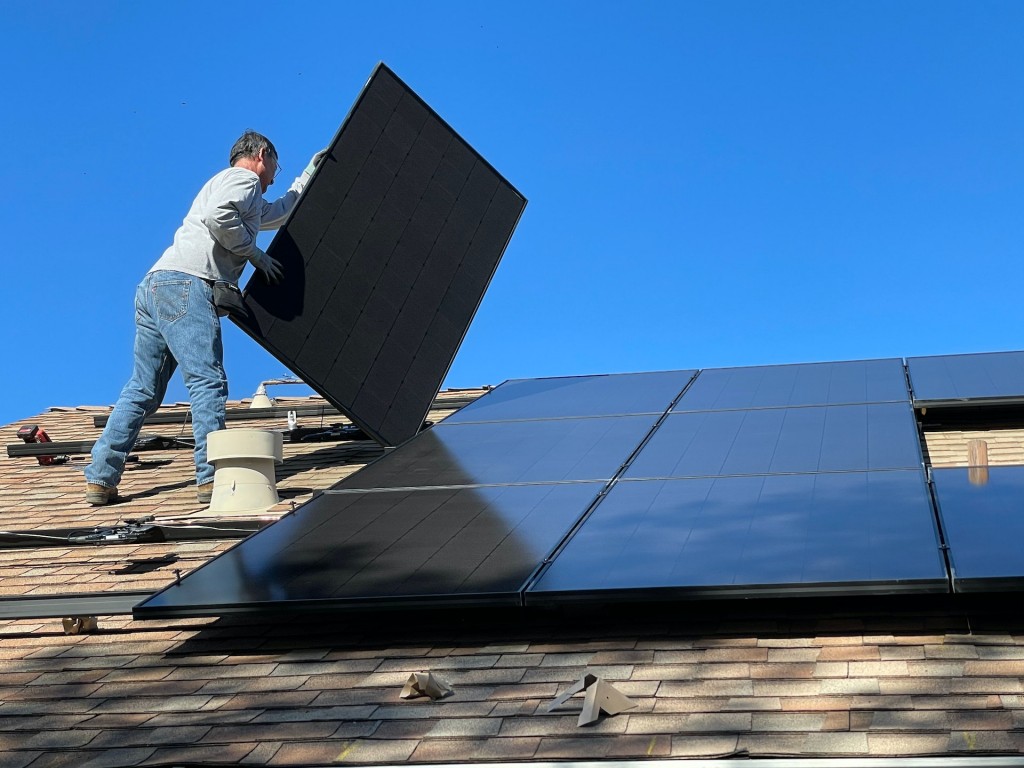To the casual observer, solar hot water systems seem like passive devices. You just put them on the roof and they do their job.
But, in reality, they are more complex than that. While repairs are infrequent, they are still needed from time to time.
In this post, we take a look at three signs that your solar hot water system needs an overhaul. Here’s what you need to look out for.

Water Is Not Hot Enough Or Runs Out Quickly
Solar hot water heaters rely on incoming solar energy to heat water in their cells. Tubes concentrate radiation and then impart it to the water they contain.
When water is too cold or runs out quickly, it indicates more than a simple lack of sunlight. It can also mean that there is a problem with the solar or booster side of your equipment.
First, check that your water heater thermostat is set to the right temperature. Make sure that it isn’t faulty. If you set the temperature too low or the device doesn’t work properly, the water will be too cold.
Next, check that your backup heater is working. If the heating elements have failed, the unit can’t boost the temperature of the water in your tank.
If there isn’t enough hot water (but the temperature is okay), get a professional to check whether the unit is installed correctly. Make sure that there are no obstructions, water loss through plumbing or tanks, or a thermosiphon overnight.
You Can See Leaks
Leaks from valves, tanks, or collectors are another sign that your solar hot water system is in dire need of repairs.
Most leaks result from faulty or loose valves. These are small components that control water input and output from the tank, controllers, and the solar array. Valves can become fatigued over time as hot water travels through them, and eventually fail.
If valves are the problem, then it is a simple repair. Professionals turn off your system, unscrew the defective components and replace them.
In some cases, leaks can arise from pipes. These can become fatigued over time because of years of wind and sun exposure, and eventually fail. Again the solution is simple: replace the pipes.
If you have leakage from a solar heating tube, it is usually an indication of an ageing solar silicone ring. In this case, repair specialists will need to unplug the vacuum tube and replace it with a new silicone ring. If the leakage is coming from the exhaust port, it usually means damage to the meter or sensor, again, requiring replacement.
Water tank leakage is another common issue. Usually, it results from rust or damage to the internal lining of the tank. Again, the only solution is the replacement of the tank itself.
In some cases, solar water heating systems will leak after you take a shower or use a lot of water from the drain valve. This effect typically occurs because of excess pressure in the system. Cold water drawn into the water tank begins to heat up and expand, increasing pressure.
Quality systems have expansion tanks to prevent pressure-induced leaks from occurring. But if your system doesn’t have one, then it will release pressure wherever it can. And this always occurs at the weakest point in the system: the valves.
Rust And Corrosion
Rust and corrosion primarily affect the tank and collectors which, over time, can lead to leaks and reduced pressure. When oxygen enters the loop, it can cause iron, steel, and even non-ferrous components to rust over time.
Most high-quality solar hydronic systems suffer minimal corrosion, even over many years of use. That’s because manufacturers use stainless steel, plastic, rubber, copper, bronze, and brass components to prevent oxygen-related damage.
The most common type of corrosion in solar heating systems is galvanic corrosion. This occurs via an electrolytic process involving two different metals coming into contact with each other. When one metal has a stronger positive charge, it attracts electrons from the other, causing the donor metal to corrode.
In solar electric systems, the transfer of fluid in the system can provide a vehicle to allow this electron exchange to occur. Water facilitates the movement of ions, degrading metal over time and damaging components.
Common signs of corrosion include rust around valve joints and stains on your roof.
